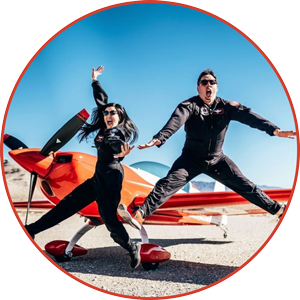A Look at the Four Most Impressive Aerobatic Stunt Planes in the World

Have you been wondering which aircraft are best suited to aerobatics? Or, maybe you are curious about aerobatics in general. For instance, how are planes designed to withstand aerobatic maneuvers? Is flying aerobatic airplanes hard, and why? We're covering all of this and more. After all, at Sky Combat Ace, our team is all about aerobatic thrills. Let's take off!
Understanding Aerodynes
Before getting into the top four aerobatic capable aircraft, let's first go over some aerodyne basics. An aerobatic aircraft is any craft that is heavier than air (aerodyne) which can be used in flight exhibitions, aerobatic competitions, and the like.
For the most part, any aerobatic aircraft will fall into one of two main categories: training and aerobatics. The first category includes the aircraft used for training and flight demos, which are often used for a range of training purposes or as military fighters. The second kind of aircraft includes those specially designed for aerobatic applications.
Aerobatic planes are specifically engineered for complicated aerial maneuvers. With this in mind, most aerobatic planes have a few things in common to help them withstand the effects of aerobatic movements, like flying upside down. Indeed, most aerobatic planes have carefully engineered gravity-defying systems in place to help them complete complex maneuvers.
How Are Planes Designed To Withstand Aerobatics?
So what does it take for a plane to be able to withstand aerobatic flight? Well, the modern aircraft represents an array of advanced specialization features and performance adjustments. Indeed, today's best aerobatic aircrafts are far more evolved than the stunt planes of the past!
Imagine back in the day when the first pilot rolled inverted and was sailing along, only to hear their engine cough and die because it was starved of fuel! Thankfully, things have come a long way since then. Today's planes can combat the forces of gravity to complete thrilling spins, dives, and other maneuvers.
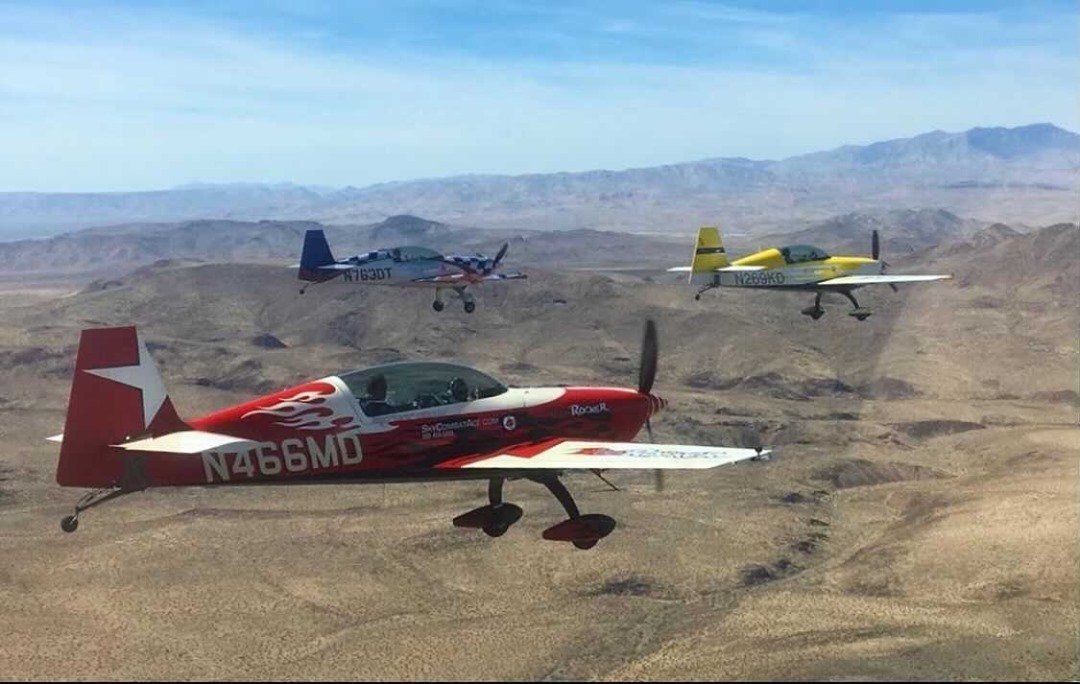
Innovative Systems and Design Compromises
First off, most aerobatic planes must be constructed with a range of compromises. Each new aspect of the plane's design will usually detract from another element. Because of this, designers and engineers often cannot add more in areas of performance without detracting from other places, like weight capacity.
Over the last 30 years of aerodyne innovation, various improvements have been made in the sport aircraft category. These innovations include a range of devices that enable transitional maneuvers, inverted flight, and an array of aerodynamic moves. To withstand aerobatic flight, planes will often be equipped with systems of devices such as inverted fuel systems, inverted oil systems, symmetrical wings, aileron spades, and aerobatic propellers.
- Inverted Fuel and Oil Systems. Inverted fuel and oil systems use fuel injection instead of a carburetor. To help ensure fuel flows from the tank to the injector, aerobatic aircraft with fuel tanks in the fuselage have flexible hoses with a weight on the free end plugged into the fuel tank. These hoses are called flop tubes. When the fuel tanks are in the wings, they will usually feature a small header tank. With these header tanks, gravity will feed the fuel to the engine whether the plane is in regular flight or upside down. Check valves in the fuel lines help keep the header tanks from draining back into the main tank when a plane is rolling or stabilizing.
- Symmetrical Wings. Many airfoils are cambered, meaning they are curved on top and flat on the bottom. This helps them fly better upright. However, for inverted flight, stunt planes have symmetrical airfoils. These airfoils have the same curvature on both the top and bottom surfaces. These airfoils must be positioned at slight positive angles to enable flight and create lift.
- Aileron Spades. Aileron spades are shovel-shaped surfaces that are rigidly mounted on the arms forward of the ailerons. These spades provide better aerodynamic balance and help to reduce the effort needed for an aircraft to roll. With large control surfaces and fast airspeeds, these aileron spades deflect air and create balance. The farther an aileron is deflected, the greater the force supplied by these spades will be. You could compare this to a teeter-totter effect or power steering.
- Fixed or Constant Speed Aerobatic Propellers. An aerobatic plane will either have a fixed pitch or a constant speed prop. The type of propeller an aerobatic aircraft has will determine its pitch. The pitch of a prop is the angle at which the blade will cut through the air. On planes with a fixed pitch, the engine RPM will be the primary power gauge.
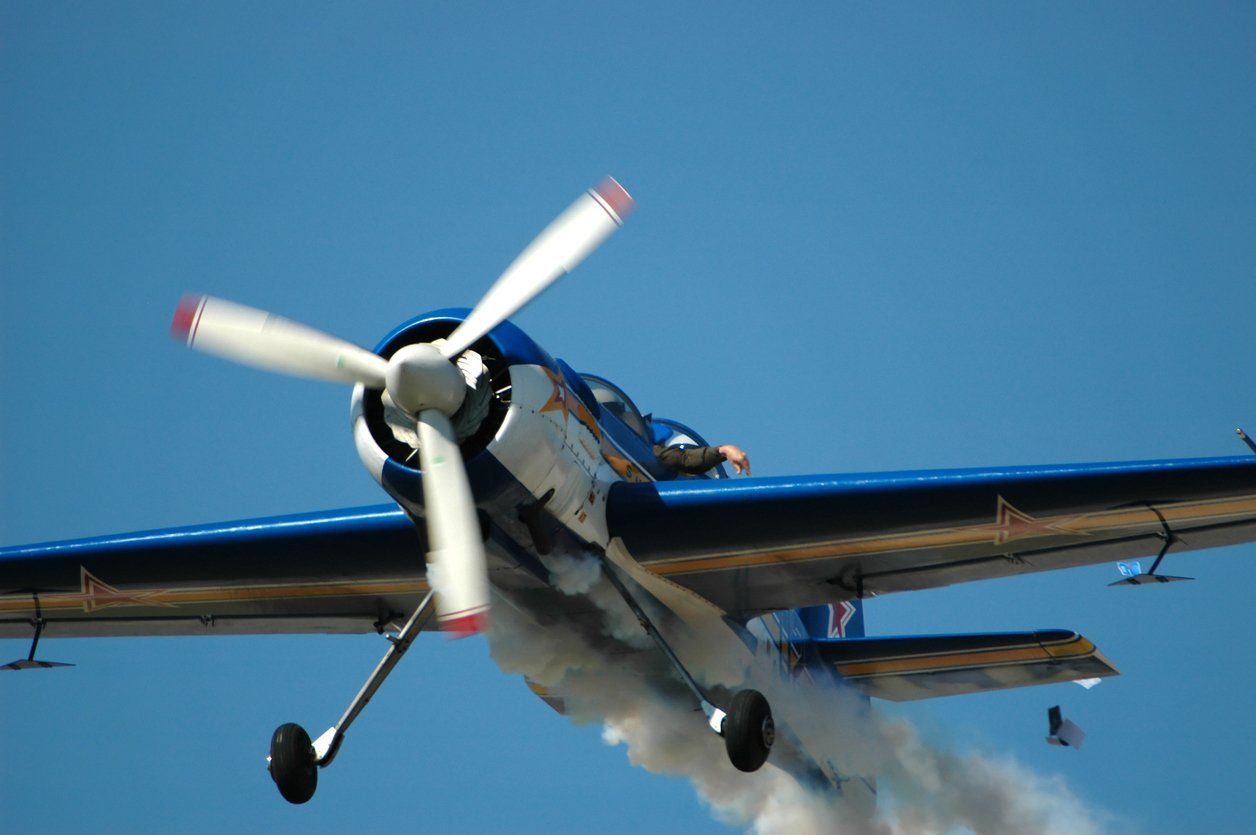
Top Aerobatic Aircrafts
With that in mind, here are some of the most popular and impressive aerobatic aircraft in the world!
1. The Edge 540
From Zivko Aircraft out of Guthrie, Oklahoma, comes the Edge 540. This plane has a reputation for climbing incredibly fast at a rate of 3,600+ feet per minute. This single-engine aircraft comes as a one or two-seater. This plane is popular for racing and aeronautics. Renowned for its impressive speed and maneuverability, it tops out at around 426 kph and has a roll rate of 420 degrees per second!
If you're after fast turns and quick climbs, take a spin in the Edge 540 aircraft. It is aggressive but balanced while giving riders the ultimate thrill of heavy G forces. You'll see this plane in almost any aerobatic stunt plane show.
2. Pitts S-2C Series Planes
Lots of aerobatics aviators will praise Pitts airplanes. Adaptable, handcrafted, and high-tech, these planes are a thing of beauty. The Pitts S-2C has a patented propeller (The Claw) and a wingspan of 20 feet. It is famous for its sleek lines and long hang times. Stunt pilots definitely appreciate that it centers well and packs energy when performing aerobatic moves.
This plane weighs 1,155 pounds empty and can handle negative 5 Gs and positive 6 Gs, making it ideal for training stunt pilots or those looking for more of a beginner aerobatic experience.
3. The Sukhoi Su-29
This Russian plane is a two-seater with roots that stretch back to Russian militants. It was designed as a training plane and has an incredibly nimble piston-driven design. This plane has a bit of a learning curve and favors pilots with experience. Just the starting sequence to fire up the engine of the Su-29 is complex enough without even getting off the ground.
With a semi-reclined cockpit, it offers more space than most aerobatic planes. It has an automatically orchestrated fuel and air mixture and carries a tank on each wing and one in the fuselage. It also has light controls, excellent visibility, and makes stunning loops.
4. The Extra 330SC
Last but certainly not least, top stunt pilots all over the world love the Extra 330SC. This plane is sold in the US by Southeast Aero and produced in Germany by Extra Aircraft. Propeller-driven, this light-weight aircraft is just 1,291 pounds empty. It has fuel tanks in the fuselage as well as in both wings. The Extras in the Sky Combat Ace fleet are capable of withstanding up to +20 or -20 Gs! But don’t worry, we won’t pull more than + or -10 during our flights.
The Extra 330SC is flown in various aerobatic teams and is considered one of the best around for both its speed and maneuverability. It has a steel frame with carbon fiber skin and a streamlined symmetrical silhouette, giving it a sleek and compact look. Rarely seen on the American resale market, you should definitely take the opportunity to fly in this adrenaline-pumping jet if you ever get the chance.
What Are the Best Planes for Aerobatics?
Most experienced pilots will agree—nothing can compare to the thrill of maneuvering through the air with skill and precision. However, opinions may differ when it comes to which aerobatic aircraft are best. There are a few main aspects to consider in an aerobatic plane when deciding which aircraft is best, including:
• Performance and speed
• Aerodynamic features
• Weight and material construction
• Fuel tank placement and size
• Emotional and visual appeal
• Safety
• Cross country capability
• Expenses and maintenance
Pilots must take all of these elements into consideration when choosing which stunt aircraft is best. For pilots who perform stunts with thrill-seeking passengers, it’s also important to know what might be most comfortable for their riders while giving them the best aerobatic flight experience.
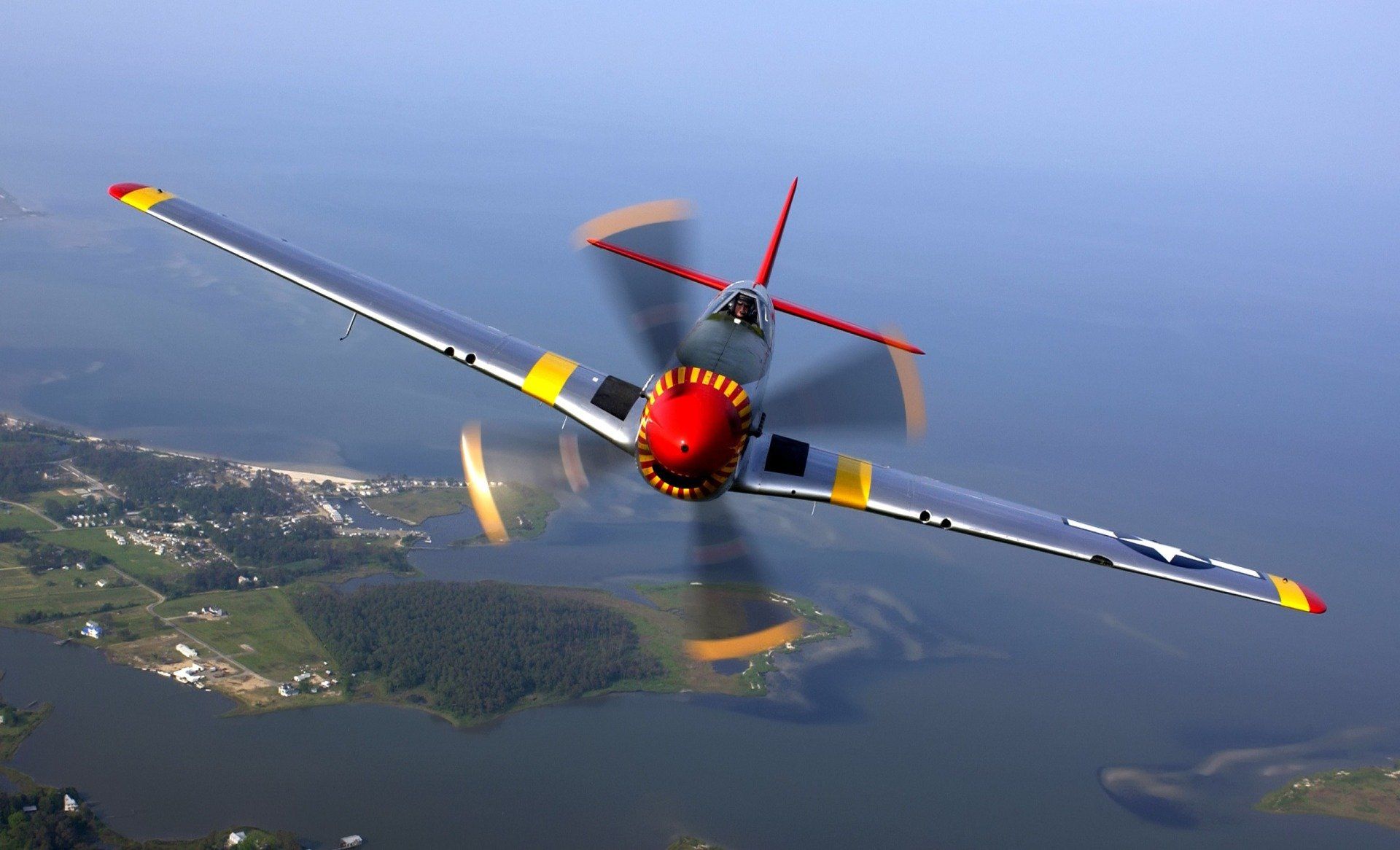
Why Is Flying an Aerobatic Airplane Hard?
In many ways, learning to fly an airplane is challenging. You must possess tenacity, pay attention to detail, and have the ability to multitask. However, with the right attitude, a few basic skills, and enough dedication, you can learn to fly.
So exactly how hard is aerobatic flight? Well, that will depend on what you consider "hard." The pilot of one of these high-performance aerobatics aircraft will have to correct their maneuvers to make up for the effects of many forces at play. However, these forces can be used to the pilot's advantage, allowing for a new spectrum of maneuvers. Also, remember that the type of plane being flown will impact the difficulty level of any given stunt.
Aerobatics is an art that can take pilots years, even decades, to refine. Think of it as the gymnastics of the sky. Like any gymnast, this skill takes time, commitment, and practice.
If you've always wanted to fly in a jet and perform aerobatic stunts while soaring through the air, Sky Combat Ace offers aerobatic flight experience packages you won't find anywhere else!
How To Fly an Aerobatic Stunt Plane in Person
Are you ready to fly an aerobatic plane for yourself but don't have a few extra decades to become a stunt pilot? Do you want to fly a stunt plane without having to own one? Either way, with Sky Combat Ace, you can.
With our experienced flight team, you will be at the controls; no aerobatic flight training is needed! Our pilots are highly skilled and certified by the FAA and can help you fly one of these impressive aircraft and execute a range of maneuvers! To learn more, contact our team today!
The Afterburner
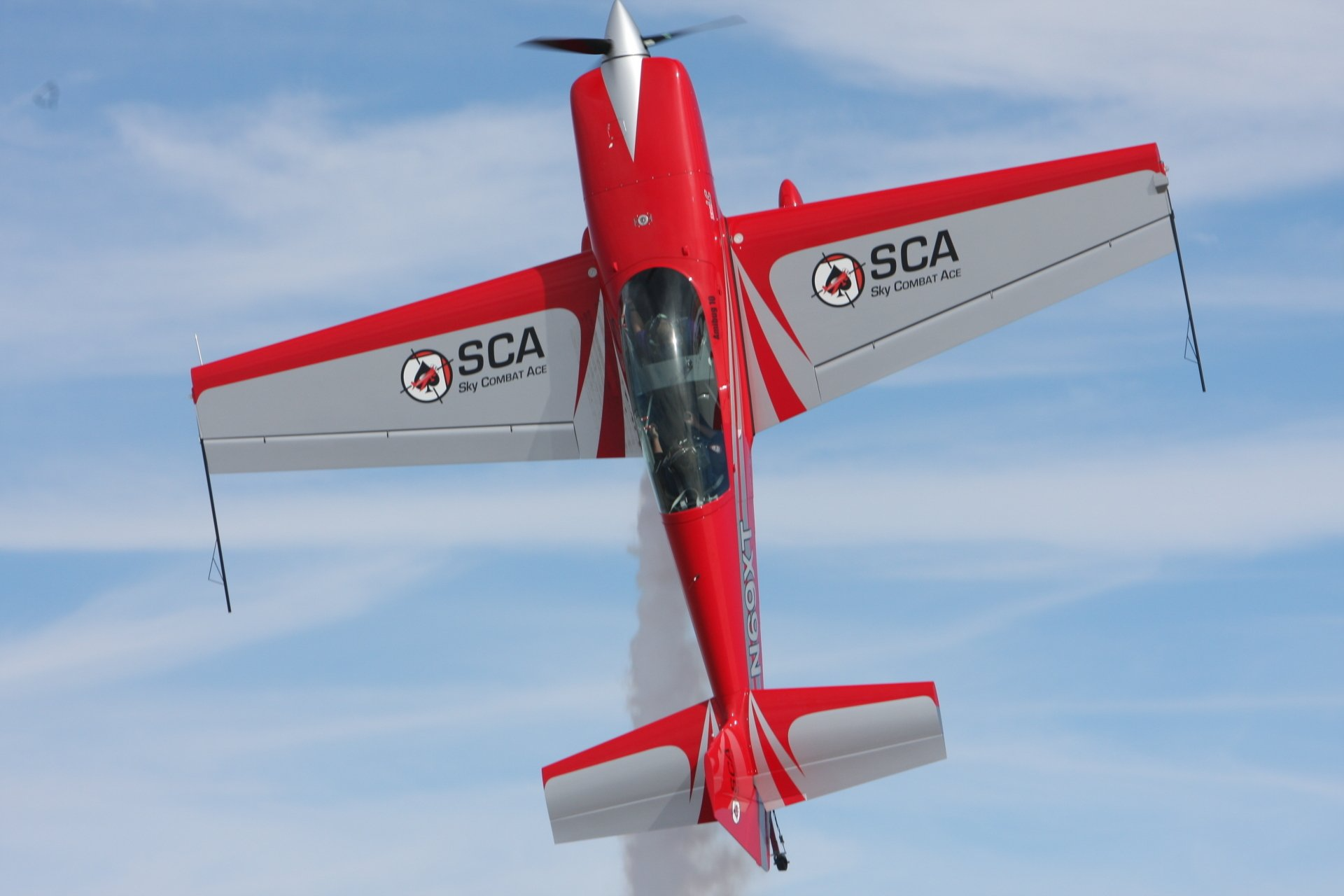
YOU GET TO FLY THE MANEUVERS
Why ride along when you can fly your own airshow routine…? Featuring both basic and advanced aerobatics, you take the controls and become your very own airshow pilot.
Sky Combat
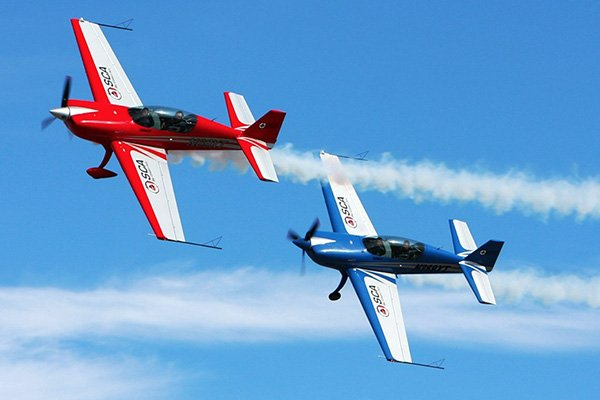
LASER TAG IN THE SKY!
Experience the thrill of air-to-air combat as you wage a battle for aerial dominance where there can be only one victor. YOU fly the plane with a trained SCA fighter pilot.
Top Gun
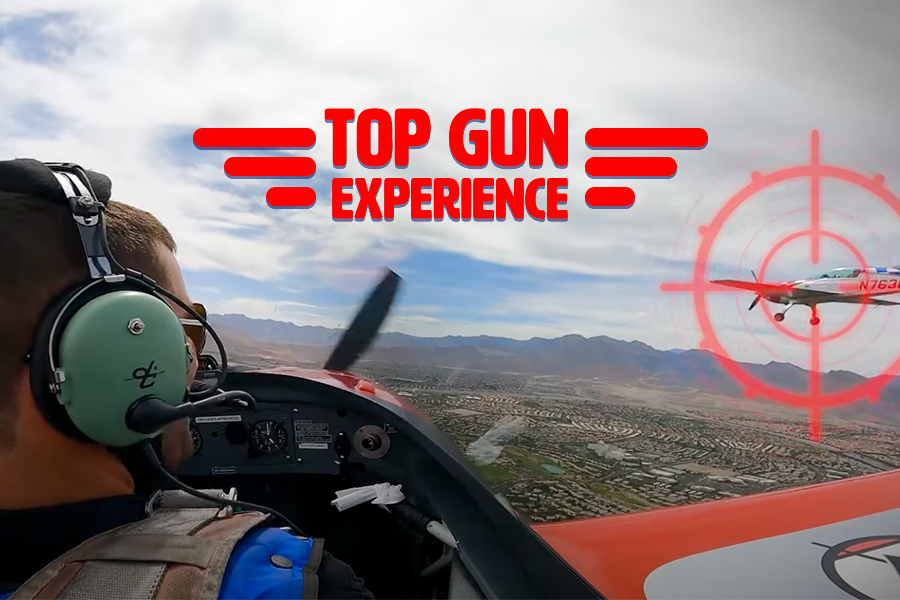
FLY LIKE A TOP GUN PILOT!
If you want to experience the most amazing, butt kicking, extreme adventure of a lifetime, then look no further than our Top Gun package!
Operation Recon
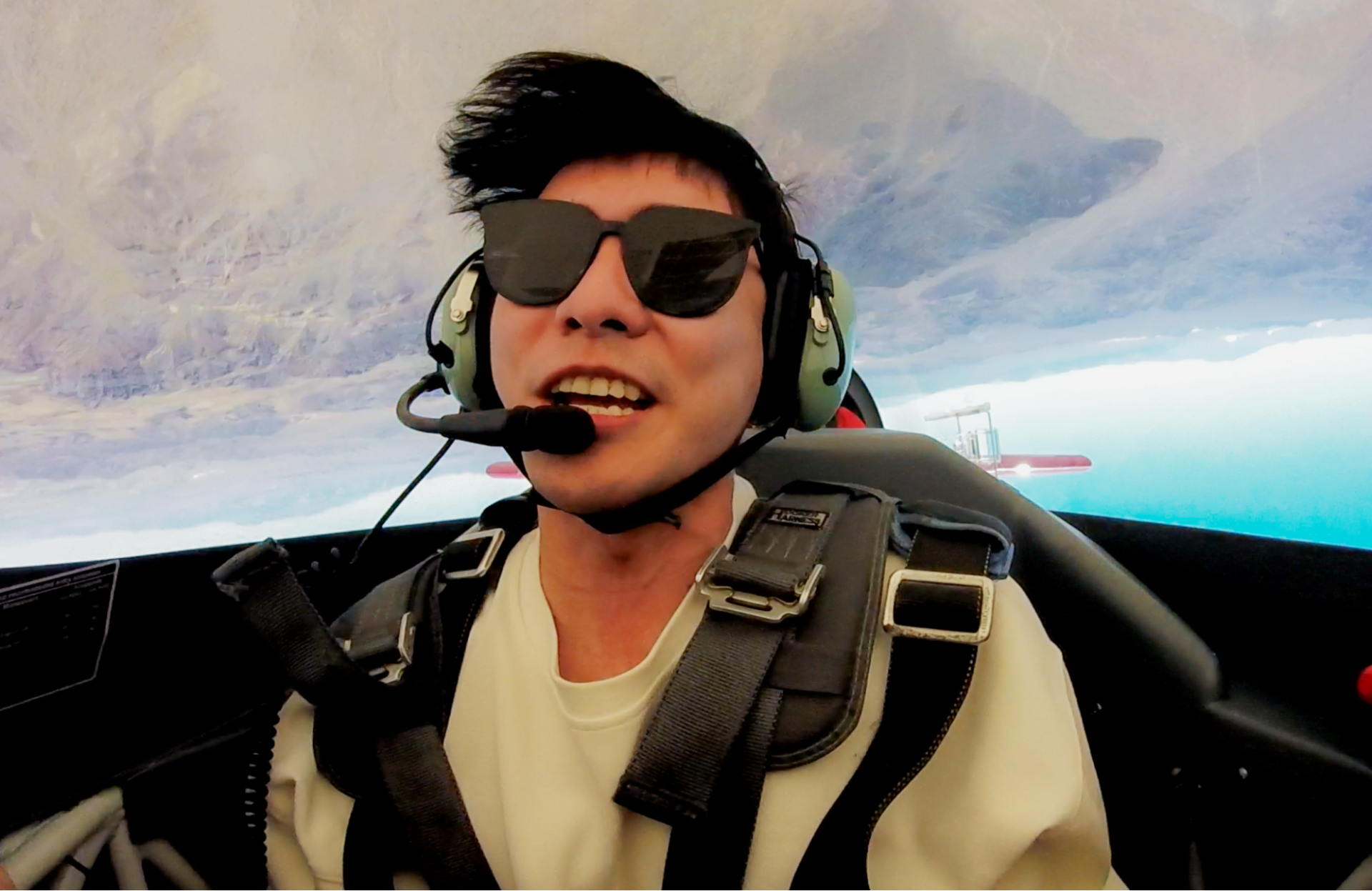
WE FLY THE MANEUVERS
Appropriate for the whole family, this is a great way to be introduced to the world of basic aerobatics. Think of it as a roller coaster without the rails.
Fly A Real Stunt Plane!
Sky Combat Ace was created by a U.S. Air Force veteran fighter pilot who wanted to make the thrill of flying fighter jets available to anyone who feels the need for speed.
Learn to fly a stunt plane under the supervision of our highly trained, FAA certified flight instructors. No experience necessary and YOU get to fly the plane!
OPERATIONAL AUTHORITY
All SCA flights are instructional in nature conducted by certified flight instructors in accordance with federal aviation regulations under 14 CFR Part 61 of the United States Code. Instruction will be provided during ground and flight portions for all flights.
